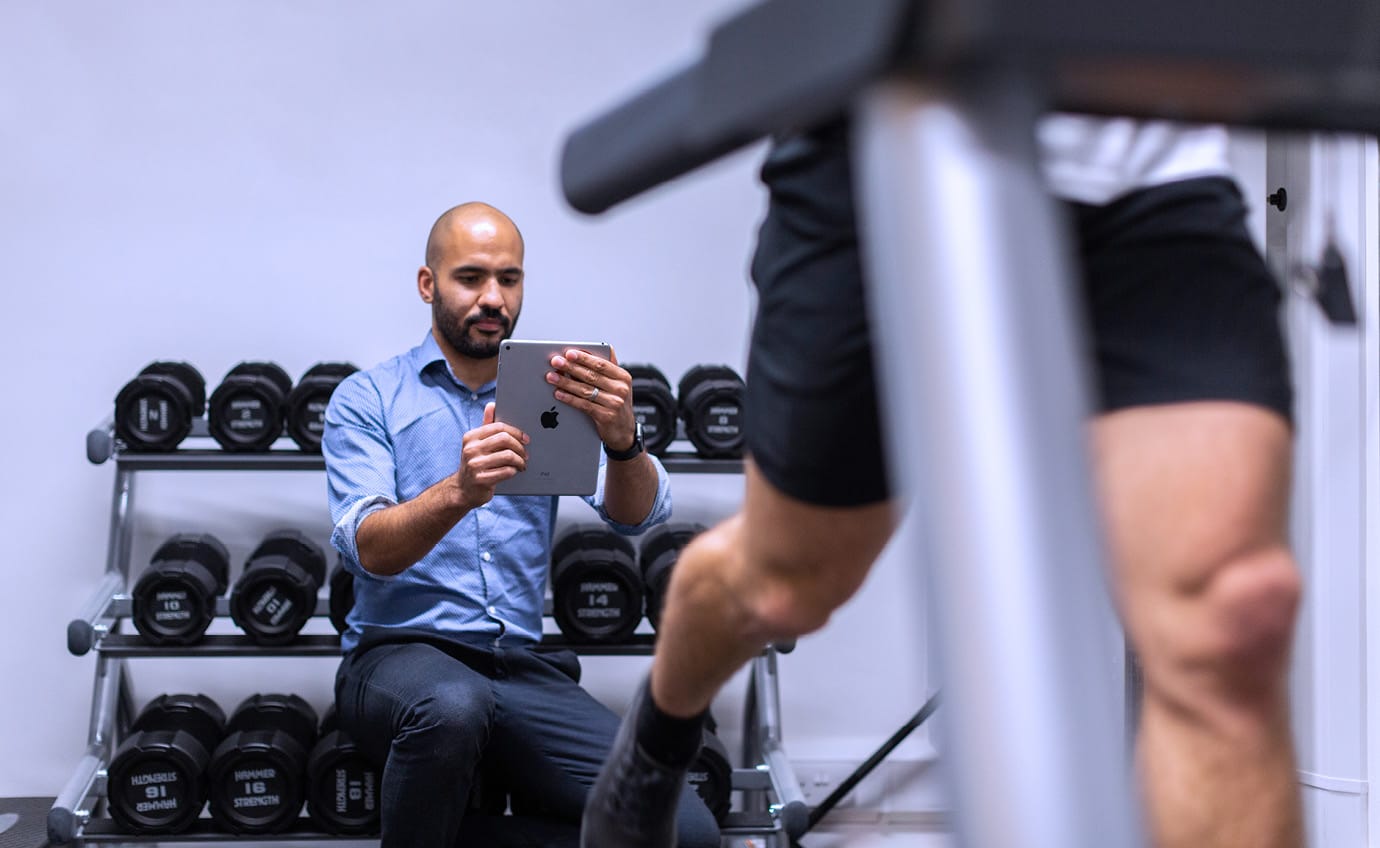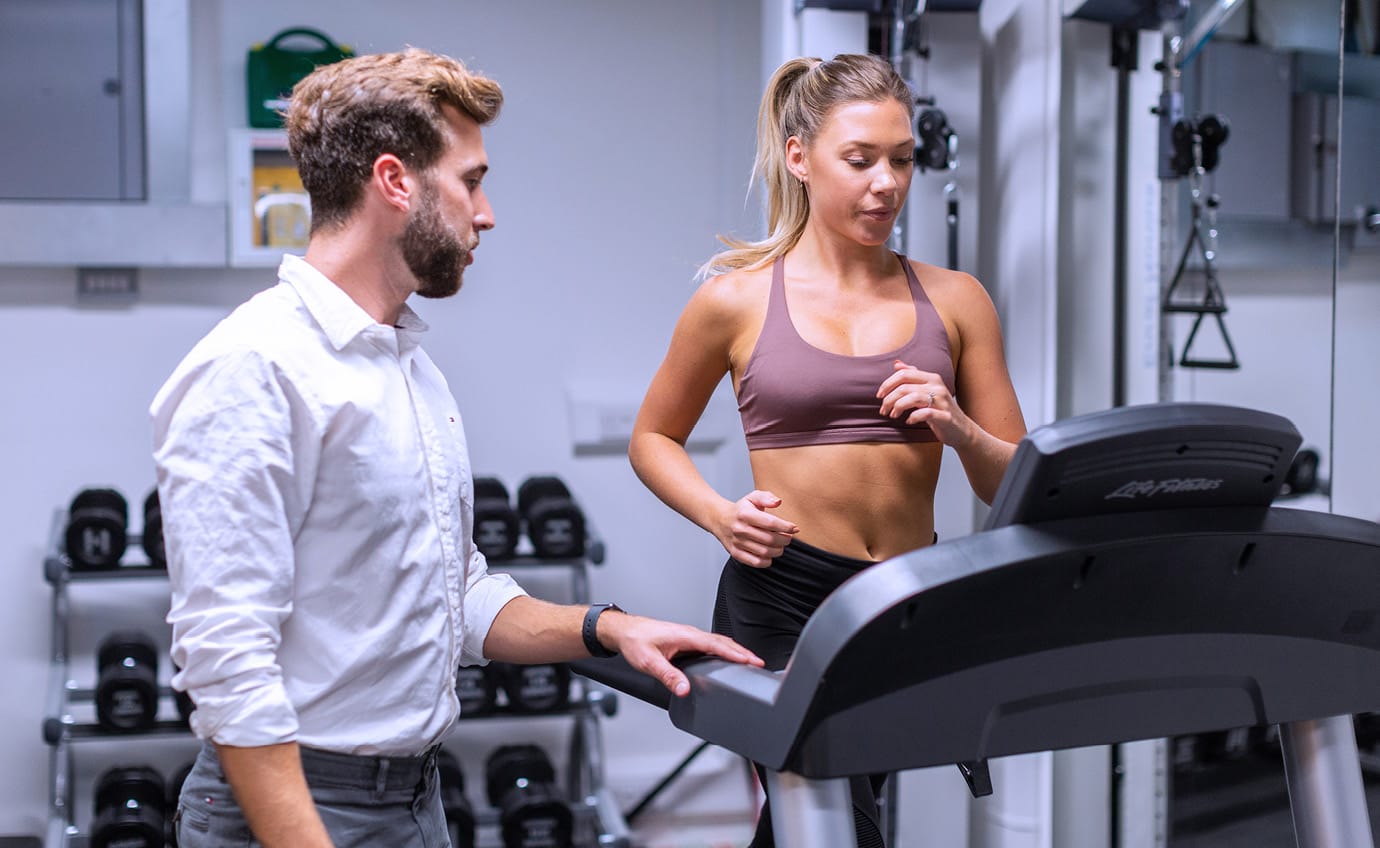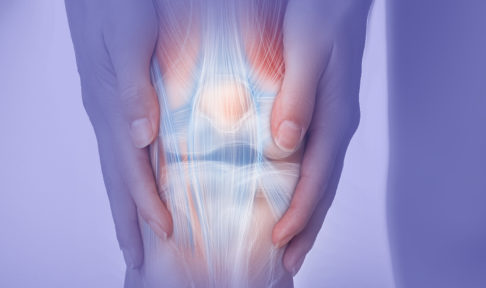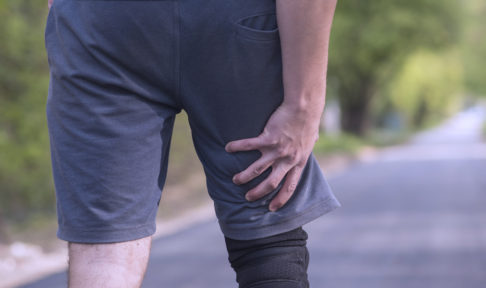If you look for positives from the last 12 months, you might find yourself at a loss. But one positive we’ve noticed? A lot of people making use of their allocated daily exercise time by taking up walking or running.
While we’re all for upping your fitness regime, sometimes when you pick up a new activity you can find yourself feeling a little sore. And when it comes to running, quite often the pain will be due to issues with your gait. This is where gait analysis comes in.
Gait analysis is a great way for anyone experiencing pain or discomfort when walking or running to figure out what the problems are and how to correct them. It’s commonly used as a ‘return to exercise’ assessment, and allows your physio to customise a rehab programme just for you.
It’s also used as a proactive technique by experienced runners who are setting themselves a challenging goal, such as increasing their distance or even running their first marathon. Many runners like to have their gait checked and tweaked to ensure they are operating at their peak before a big event.
But what is gait in physiotherapy terms?
Put simply, gait is just your walking or running style. But if you dig a little deeper, you’ll find that gait is a culmination of a number of complex relationships between your musculoskeletal, nervous and cardiorespiratory systems.
Every person’s gait is unique to them, which is why there is ‘no one size fits all’ approach to improving your gait.
However, there are three main ways most people’s feet strike the ground:
- Neutral pronation, which is when your foot comes in total contact with the ground, rolling inwards by about 15 percent and effectively absorbing shock.
- Under pronation, which is when the outer part of your heel hits the ground first, and your foot rolls inwards less than 15 percent.
- Over pronation, which is when your foot rolls inwards more than 15 percent, causing stability issues with your foot and ankle
But the average person is unlikely to be able to diagnose their own gait, which is where a professional, biomechanical gait analysis comes in handy.

How do you evaluate gait during a gait analysis?
At Spectrum, our gait analysis is not just limited to how your feet hit the ground. We look at how your whole body moves as you walk and run, which helps us understand the impact on your feet’s surrounding joints and areas of the body.
We use the latest technology available to collate all this information into a unique profile of your gait and then create a personalised treatment plan that will have you moving faster, more easily and painlessly in no time.
It also allows us to give you advice about the most supportive footwear for your style of gait, giving you the best chance at avoiding strain or injuries (see below for more info on this!).
While a full gait analysis will give you personalised insights and recommendations, here are Spectrum’s initial tips for improving your gait:
Check your footwear
Have you been wearing the same trainers for the past five years? It’s widely agreed that most running shoes should be replaced between 400 and 500 miles of use (although depending on the brand you choose, this may vary). So, if you think it might be time to go shopping, this is a great first step. But before you pull out your credit card, do you know what style of trainer will be best suited to your specific running style? If not, it might be time for you to be properly assessed (which is part of the gait analysis service we offer at Spectrum), so that you can choose the correct footwear to suit your gait and enjoy pain-free running… for the next 400 miles or so anyway!
Don’t confuse strength and endurance
Just because you’re able to lift a 100-kilogram dumbbell, doesn’t mean you’ll be able to go for a 10-mile run off the back of no training! What we mean is, there are different types of fitness, so just because you’re ‘fit’ in one sense of the word, it doesn’t mean that your type of fitness will necessarily transfer to every activity. And running, like any physical exercise, requires good technique and can take a while to learn. So, start slow and get your gait right before signing up for the London Marathon.

Sort out your imbalances
Everyone has imbalances, like one side of their body being stronger than the other, which can translate into running. Finding out what is activating or overly tight is the best way to figure out your imbalances and how to correct them. And of course, we think the quickest and most accurate way to do this is to book in for a gait analysis with us!
Ready to take the next step on your health and fitness journey?
Ensure running and walking is pain-free by booking your gait analysis with Spectrum today.



